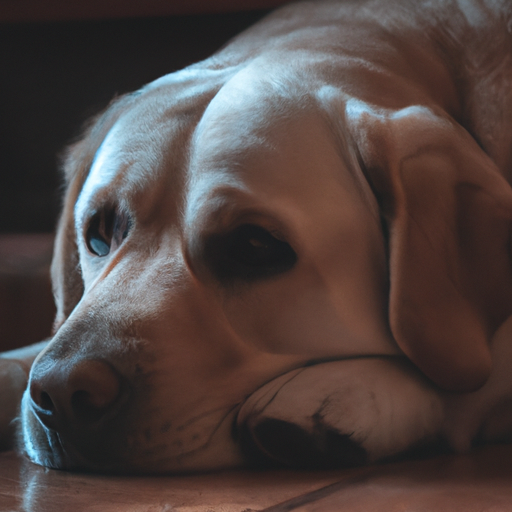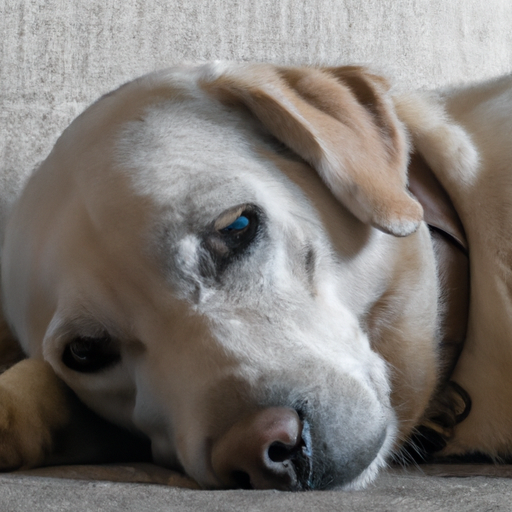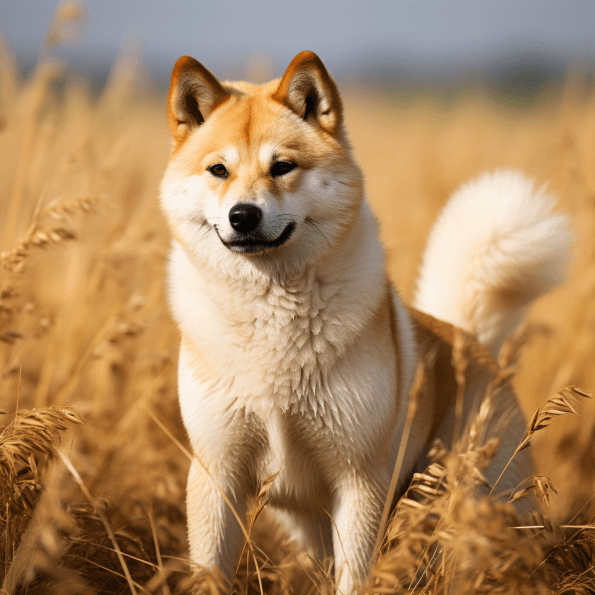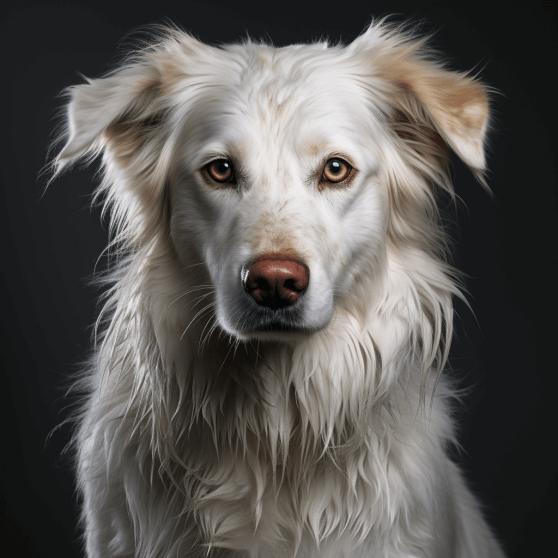How Do Dogs Get Parvo?
Imagine walking into your living room and noticing your dog acting strange, sluggish and not their usual playful self. Amidst the panic and uncertainty, one question resonates in your mind – Could it be Parvo? “How Do Dogs Get Parvo” is an expert guide that demonstrates everything you need to know about Canine Parvovirus, its transmission, symptoms, and prevention strategies. It’s been designed with you in mind, so even without a background in veterinary medicine, you’ll find it extremely user-friendly. This indispensable guide untangles complex jargon and paints a clearer picture of how you can protect your beloved canine from contracting this potentially deadly disease.
Understanding Parvovirus
Parvovirus, or Parvo as it’s more commonly called, is a devastating, highly contagious viral disease that affects dogs. It’s notorious for its high mortality rate, especially when left untreated. Parvo is caused by Canine Parvovirus (CPV) and can strike dogs of all ages, though puppies less than four months old are particularly susceptible. Parvovirus primarily attacks the gastrointestinal tract causing severe vomiting, diarrhea, weight loss, and lack of appetite. If not treated promptly, these symptoms can rapidly lead to dehydration and other secondary infections making the prognosis grave.
Defining parvovirus in dogs
Parvovirus is a viral disease that affects dogs. Named after its virus, Canine Parvovirus, it’s known for its severity especially among young puppies. Parvo primarily targets the dog’s intestines, causing inflammation and inhibiting the absorption of nutrients. This results in severe gastrointestinal disorders and even damages the dog’s immune system.
Identifying the strains of parvovirus
There are different variants of the parvovirus with the most common being Canine Parvovirus Type 2 (CPV-2). This strain was first identified in the late 1970s and is further divided into CPV-2a, CPV-2b, and CPV-2c. These variants can infect any breed, sex, or age of dog and were found to be more severe and contagious than the original CPV-2.
Determining the severity of parvo
The severity of a parvo infection depends mainly on the dog’s age and general health status but also on the virulence of the virus strain. Puppies who have not been vaccinated are particularly susceptible and often the hardest hit. Without immediate attention, parvo can be fatal – mostly due to severe dehydration and secondary infections. Even with prompt treatment, this heart-wrenching disease has a high mortality rate, making it one of the most severe and dreaded canine diseases.
Transmission of Parvovirus
Understanding the methods of transmission is crucial in preventing a parvovirus outbreak within your dog’s environment. The virus is resilient and can survive in the environment for extended periods, which makes it highly contagious and difficult to eradicate.
Methods of transmission
Parvo is primarily spread through direct contact with infected dogs and their feces. Additionally, the virus can remain viable in the environment for months, sometimes even up to a year. Feces of infected dogs may contain a high concentration of the virus, and when another dog ingests the virus from contaminated objects or environments, it can get infected.
Contact with infected dogs
Dogs infected with parvovirus shed a large quantity of the virus in their feces, creating a significant risk of contagion to other dogs. Direct contact with an infected dog or its feces is one of the most common ways the illness is transmitted. Moreover, dogs that have been infected and recovered can continue to shed the virus for several weeks, posing an ongoing risk to other dogs.
Contact with contaminated environments and objects
In addition to direct contact, parvo can be contracted by contact with contaminated environments. The virus can survive for months, even in harsh climate conditions. Public places, kennels and even home surroundings where an infected dog has been present can become contaminated. Objects such as toys, food bowls and leashes can harbor the virus and facilitate its spread.
Possible transmission through humans
While humans are not susceptible to the canine parvovirus, they can inadvertently become carriers. The virus can adhere to shoes, clothing, hands, and other objects, creating a transmission bridge between an infected dog, its environment, and a healthy dog.

Inside the life cycle of Parvovirus
Understanding the lifecycle of the parvovirus gives us insights into how it operates once inside a dog’s body.
Initiation of infection in dogs
When a dog ingests the virus, it begins to replicate within the cells lining the stomach and intestines, and sometimes even the bone marrow and lymph nodes. It quickly reaches high levels in the bloodstream, spreading throughout the dog’s body with potentially devastating results.
Replication of parvovirus
Once inside a host cell, the virus hijacks the cell’s machinery and uses it to replicate itself, thus creating even more virus particles capable of infecting other cells. It takes only a few days for the virus to reproduce to such an extent that it overwhelms the dog’s immune system.
Symptoms manifestation
The symptoms first appear as early as 3-4 days after exposure to the virus, starting with loss of appetite, lethargy, and subsequent onset of fever. As the virus continues to replicate and spread, it damages the infected cells along the intestine’s lining leading to bloody diarrhea and vomiting.
Symptoms of Parvo in Dogs
Recognizing the symptoms of parvo is crucial to getting timely intervention. The speed and effectiveness of treatment often determine the chance of survival for a dog infected with parvo.
Early signs of parvo
The initial signs of a parvo infection can be subtle but can rapidly escalate in severity. They typically include severe loss of appetite, sudden lethargy, and depression. A high fever may also be present at this stage.
Advanced symptoms of parvo
As the disease progresses, the signs become more severe and alarming. The affected dog experiences vomiting and severe and often bloody diarrhea leading to rapid dehydration. Weight loss is also common, and the dog may appear weak and frail.
How symptoms vary between puppies and adult dogs
Puppies are extremely vulnerable to parvo and may show severe symptoms more quickly than adult dogs. They may go downhill rapidly, often succumbing to the disease within 48-72 hours of the onset of symptoms. Adult dogs, especially those with a strong immune response or those previously vaccinated, may show milder symptoms, have a slower disease progression, and may have better survival odds.

Diagnosing Parvo in Dogs
A diagnosis of parvo is a combination of clinical signs and diagnostic tests conducted by a veterinarian.
Veterinary diagnosis procedures
After a physical examination and considering the dog’s history, the vet may suspect parvo based on the clinical symptoms. Tests are necessary to confirm the diagnosis since many other illnesses can present with similar symptoms.
Laboratory tests for parvo detection
The most common test used to diagnose parvo is the fecal ELISA (Enzyme-Linked Immunosorbent Assay) test. This test can detect the presence of parvovirus antigens in a dog’s stool.
False positives and false negatives
However, like any diagnostic test, it’s not flawless. False negatives can occur, especially if the test is performed very early on in the infection. Also, recently vaccinated dogs may test false positive as the vaccine virus is shed in the feces.
Risk Factors for Parvo in Dogs
Understanding the risk factors for parvo helps owners safeguard their pets against this deadly disease.
Factors contributing to parvo risk
All dogs are susceptible to parvo, but unvaccinated dogs, puppies, and certain breeds like Rottweilers, Dobermans, and American Pit Bull Terriers are more susceptible. Furthermore, dogs with compromised immune systems or those in crowded environments like shelters or kennels face a higher risk.
Most vulnerable dog breeds
Certain dog breeds like Rottweilers, Dobermans, American Staffordshire Terriers, and other black and tan colored breeds seem to be more prone to the virus. However, the exact reason for this susceptibility remains unclear.
Impact of vaccination on parvo risk
Parvo is preventable through vaccination. Dogs with incomplete vaccinations or those who have not been vaccinated are most at risk. Puppies are particularly vulnerable until they have received all doses of their vaccines.
Preventing Parvo in Dogs
Knowing the deadly impact of parvovirus, prevention is undeniably the best course of action.
Importance of vaccination
The most effective way to prevent parvo is through regular vaccination. Puppies usually receive a sequence of vaccines starting at 6-8 weeks of age, with boosters every 3-4 weeks until they are 16-20 weeks old. After this, booster shots are recommended every 3 years.
Reducing exposure to high-risk environments
Limiting your dog’s exposure to potentially infected environments is another preventive measure. Avoid dog parks, pet stores, and other public places until your dog is fully vaccinated. Remember, the parvovirus can survive on various surfaces for months, so cleanliness and hygiene are paramount.
Maintaining regular vet check-ups
Regular vet check-ups are crucial in assessing your dog’s overall health and ensuring their vaccine schedule is up-to-date. A healthy lifestyle with a balanced diet, regular exercise, and minimal stress can also boost your dog’s immune system.
Hygiene and sanitation practices
Parvo can be killed with a solution of one part bleach to thirty parts water. Regularly sanitizing your dog’s toys, bedding, and food and water bowls can help prevent the spread of the virus. Also, maintaining proper hygiene like washing hands before and after handling your pets can significantly reduce the risk.
Treatment Options for Parvo in Dogs
While there’s no cure for the parvovirus, treatment is aimed at supporting the dog’s body systems until its immune system can fight off the virus.
Initial veterinary care
At the onset of parvo symptoms, prompt veterinary care is essential. The vet will often recommend hospitalization so the dog can receive intensive care, including intravenous fluids to combat dehydration and medications to control vomiting and diarrhea.
Hospitalization and intensive care
Due to the severity of the symptoms and the highly contagious nature of parvo, hospitalization is often required. While in the hospital, dogs usually receive intravenous fluids to correct dehydration, electrolyte imbalances, and to deliver nutrients. Antibiotics can also be administered to help ward off secondary infections.
Home care and follow-up treatment
After the dog has improved and is sent home, continued care and frequent follow-ups with the vet are crucial for full recovery. Home care will typically include a special diet, oral medications, and slowly increasing exercise as the dog regains strength.
Recovery and Long-Term Effects of Parvovirus
While recovery from parvo can take some time, many dogs can go on to lead a normal life once they have fully recovered.
Recovery timelines from parvo
Recovery timelines vary, but most dogs start to improve within 5-7 days of starting treatment. However, complete recovery can take several weeks, and during this period, dogs may still be susceptible to other illnesses because their immune system is recovering.
Potential long-term health impact
While most dogs return to normal after they recover, some could have long-term effects like a slightly altered sense of smell or an altered hair coat. It is also possible for some dogs to have a chronic form of diarrhea after surviving parvo.
Immunity after recovery
Dogs who recover from parvo are generally immune to reinfection – at least from the same strain. This, however, does not eliminate the need for future vaccinations or mean that the dog can’t be affected by other viruses or bacteria.
Education and Awareness about Parvovirus
Educating yourself and others about parvo is crucial in preventing the disease from spreading.
Role of dog owners
Dog owners have the responsibility of protecting their pets from diseases like parvo. This can be achieved by adhering to the recommended vaccination schedules, maintaining good hygiene practices, limiting exposure to high-risk areas, and seeking prompt medical care when signs of illness are noted.
Community awareness
Increasing community awareness about parvo is crucial for its control. When communities are educated about this deadly virus, they can ensure their dogs are properly vaccinated and limit the spread of this virus.
Educational resources
Several resources are available to learn more about parvo, including books, reputable websites, and vet clinics. It’s beneficial for dog owners to leverage these resources to stay informed and keep their pets safe.
In conclusion, parvovirus is a severe and highly contagious disease that often affects young puppies. It’s crucial for all dog owners to understand the importance of timely vaccination and proper hygiene in preventing this deadly virus. If your dog shows symptoms of parvo, seek immediate veterinary care as swift intervention can drastically improve recovery chances.






